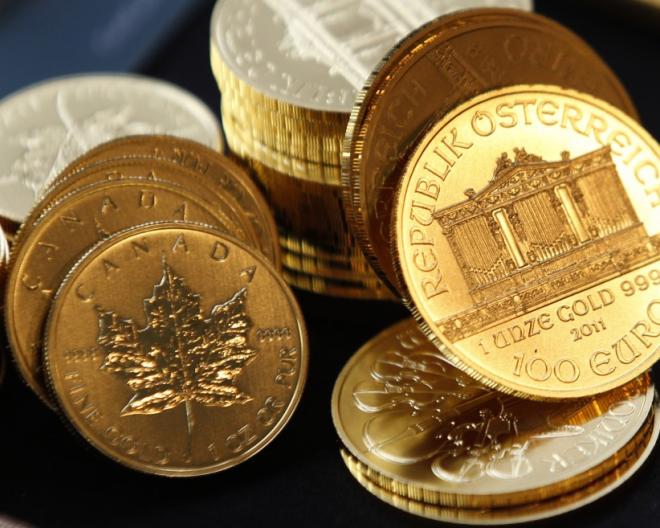You’ve been reading the news and watching the economy. You know things are bad, and likely to get worse as central banks around the world continue to print money for irresponsible governments to squander. You know this means the purchasing power of the dollar is deteriorating, and that holding savings in dollar-denominated assets is probably a bad idea in the long term. So you’ve come to the logical conclusion that it’d be a really good idea to buy some gold and silver as part of your personal savings plan.
And yet you hesitate. There are so many people selling precious metals, and each vendor or broker or advisor you turn to seems to have their own opinion of how best to invest in gold and silver. Should you buy physically backed ETF’s, or perhaps shares in a mining company? Or maybe you worry about confiscation and start to consider numismatics. It can start to get overwhelming, and might paralyze you from buying anything at all.

For instance, I read an economic commentary this week that encourages you to buy gold and silver, but then immediately clouds the topic by bringing up the risks of confiscation and reporting to the IRS. The author goes on to explain which gold and silver coins are exempt from IRS reporting.
While this may be useful information, the author neglects to mention that it really doesn’t become pertinent until you need to sell large numbers of coins back to a certified broker who is required to report the transaction. The average investor just wants to buy some gold or silver coins right now, and hold on to them for the long term. And if the worst-case-scenario pans out, and people start to privately barter with their precious metals, who’s going to bother filling out IRS paperwork?
Of course, this is a fairly specific instance of complicating the issue. More often, scammers preying on newbie gold bugs use a more nebulous complexity.
My personal favorite is when so-called experts hint at secrets that allowed a handful of intelligent “inside” investors to profit from the financial crisis that followed the housing bubble several years ago. They mention the value of gold, but emphasize that you need to know what they know before you act, or you could make a big mistake! For a small fee, they’ll let you join their club and get advice from those savvy investors about how to prepare for the next crisis. Afraid you might be “missing something,” you join their club, wasting the money you could have spent on your first silver dollar.
Look, analyzing mining companies or foreign stocks for investment is complicated. Buying physical precious metals isn’t. Trust your instincts and stick to the basics before you start giving your money to fraudsters. Ultimately, these cons live off your fear. And while a little fear is a healthy thing nowadays, becoming paralyzed by it could be disastrous.
We’ve already debunked the myth of numismatics on this blog and Peter Schiff lays out the reality of many metals scams in his Special Report. Buying gold or silver boils down to three easy steps, and don’t let anyone tell you otherwise:
1. Choose the product that appeals to you the most. There are really just a handful of popular, easy-to-find, and internationally recognized coin and bullion products available at reasonable rates. (American Eagles, Austrian Philharmonics, Canadian Maple Leafs, South African Krugerrands, and Australian Kangaroos lead the pack)
2. Find a well-reputed dealer that offers you a low price over spot.
3. Place your order and rest easy knowing you’ve acquired some assets that no central banker can devalue.


